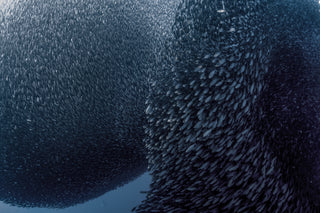Spirit of the Wiltshire Downs
Rooted in the Wiltshire Downs, Crafted for the Curious.
Spirit of the Wiltshire Downs
Rooted in the Wiltshire Downs, Crafted for the Curious.
LATEST NEWS | DOWNTON DISTILLERY
-

Gin comes together
Over the last couple of months it has been wonderful to see how different sectors have come together for the greater good of both their communities and supporting the front...
-

Spring Review of Gin Market
This was published on Gin Foundry With the promise of Spring budding on every tree branch (not that we can get to with all the self isolation) and the interminable...
-

Channel 4 Sunday Brunch
Last Sunday Olivier Ward of Gin Foundry presented ‘Explorer's Gin’ on Channel 4 Sunday Brunch. He spoke about Downton, Loch Ness and Batch Brew distilleries and what makes each distillery...
-

Discover Explorer's in the Ginvent Calendar
The Gin Foundry started the original gin Advent calendar. It began one cold, dark winter night when they realised that no one made a gin-filled Advent calendar. To resolve the...
-

Downton Distillery wins Bursary Spot at Junipalooza
This week we are taking a look at a part of the show that truly defines the whole thing for us – our Bursary spot. Each year, we love to...
-

Gin Foundry Interview Downton Distillery
The following was written by the Gin Foundry team in 2019. Gin Foundry is now Spirits Beacon. It’s rare when we see a start-up with massive potential right off the...
-

Craft vs. Scale
The following article was created by the Gin Foundry team consisting of Leah, Emile and Olivier. The subject matter is around the term 'craft' and its meaning to you, the...














